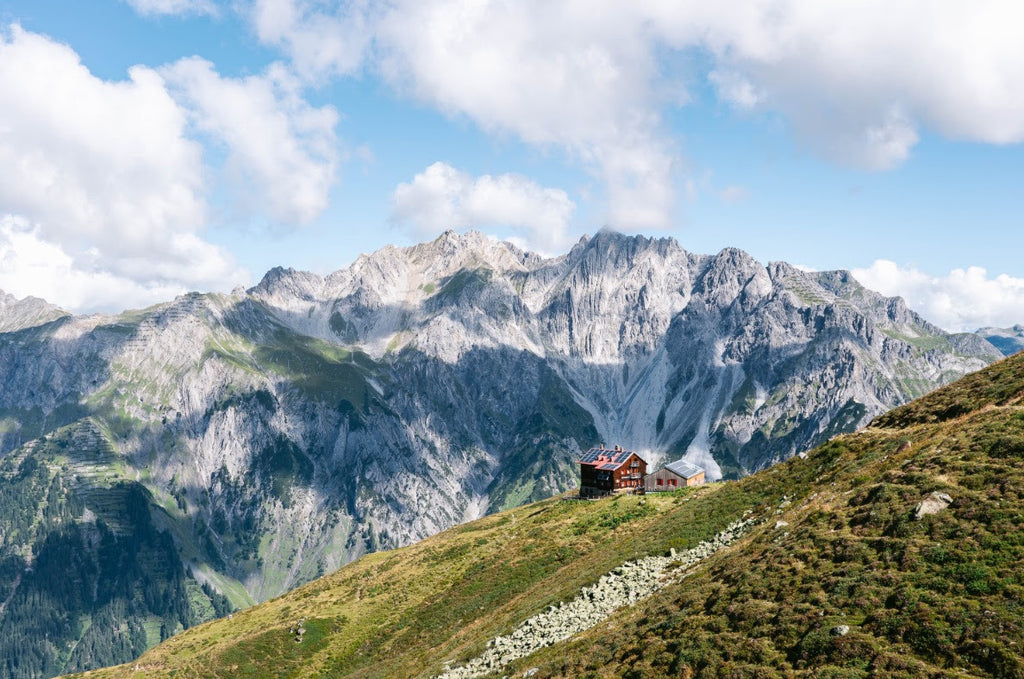It’s a scene straight out of a Wes Anderson film – a quaint convenience store juxtaposed with the towering of Mount Fuji in the background. It evokes a sense of past and present, a contrast of Japan’s idyllic unspoilt nature and urban development. It embodies many of the qualities that have attracted tourists to Japan for years. One wouldn’t be surprised if Owen Wilson or Bill Murray popped up out of nowhere.
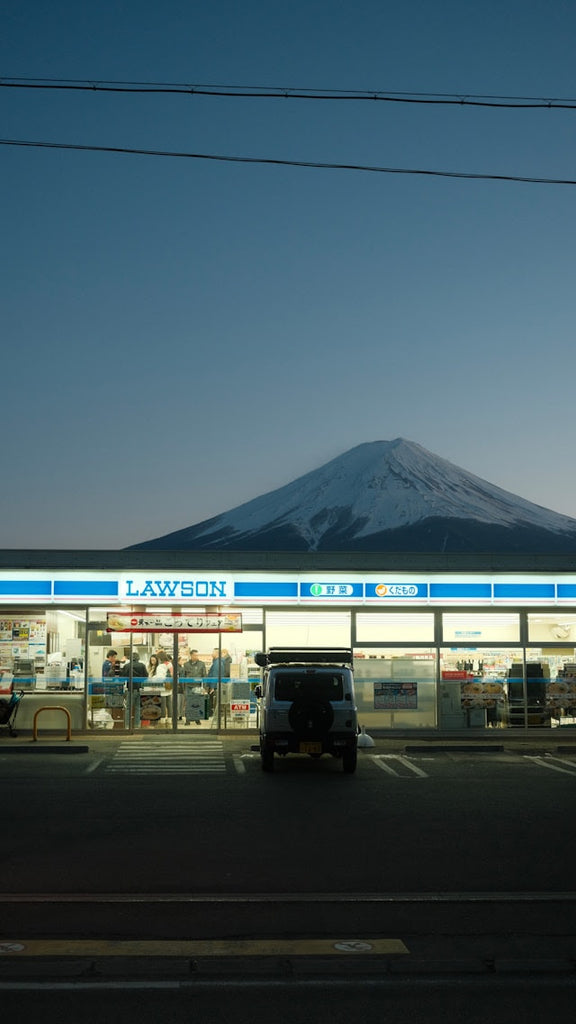
Photo by Hendrik Schuette on Unsplash
You can probably guess the story from here. A photo of the spot was posted on social media, and after Japan re-opened to tourists, the spot blew up. Colloquially known as the “Mt Fuji Lawson”, tourists of all types have been flocking to the town of Fujikawaguchiko over the last few years. With those crowds, come annoyances for locals. Trash, traffic violations, would-be photographers climbing on top of local buildings for a better view, and more. Deterrents have proven mostly ineffective up to now. Officials note that despite signage, warnings from security guards and other preventative measures, tourists have continued to disrupt traffic and local businesses in pursuit of “the shot”. As a result, town officials opted to erect a fence across the street to block the view from would-be photographers. Not quite a “wall”, but an unfortunate escalation all the same.
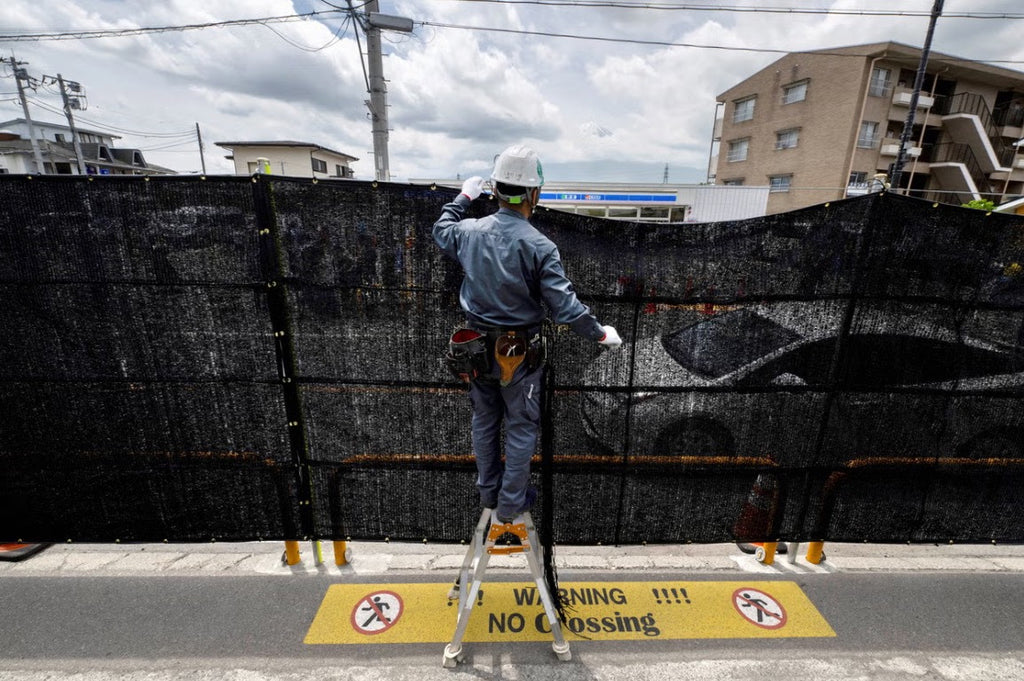
Elsewhere in the country, one of the most popular areas of Kyoto is now off limits to tourists after a series of incidents involving inconsiderate and rude tourists. Some streets in the Gion district, one of the most well-known geisha districts in all of Japan, will be closed to tourists. “Previous attempts to encourage tourists not to approach women, including signs and fines of up to ¥10,000 for non-consensual photography, have failed to deter visitors determined to take snaps of the women [geisha]” (The Guardian) The public thoroughfares remain open but a set of side streets and alleys are inaccessible to tourists and reserved for the geisha.
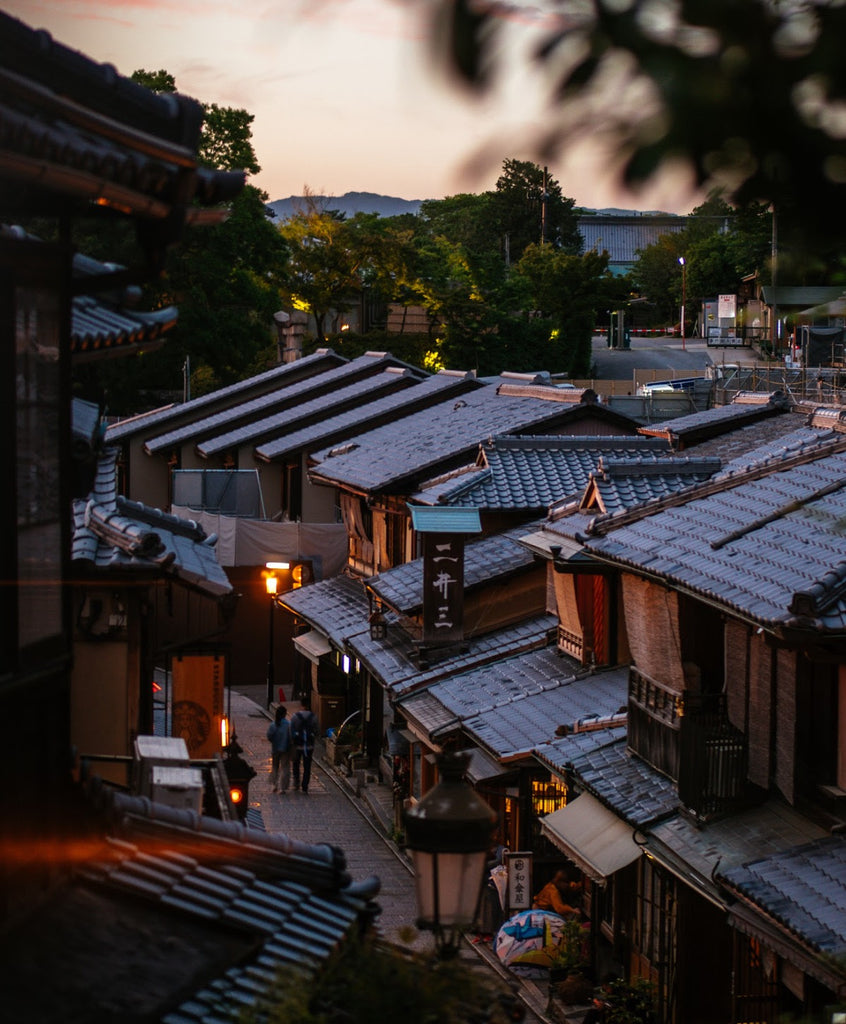
This surge in tourism, like many other places in Japan, has been a boon and bane for local residents. In 2023, tourism rose over 6x%2C%20government%20data%20showed%20Wednesday.) to 25M foreign visitors thanks to the loosening of covid restrictions. This surge follows covid’s devastating impact on the sector – the Travel & Tourism sector’s impact on the nation’s GDP fell from $373B (7.1%) in 2019, to $234.9B (4.7%) in 2020.
Around the world
Japan isn’t the only place reckoning with tourism in the wake of a post-covid travel resurgence. It’s not even the only place to build a fence to block the views. The picturesque village of Hallstatt, Austria briefly erected a fence last year in an effort to curb throngs of selfie stickers.
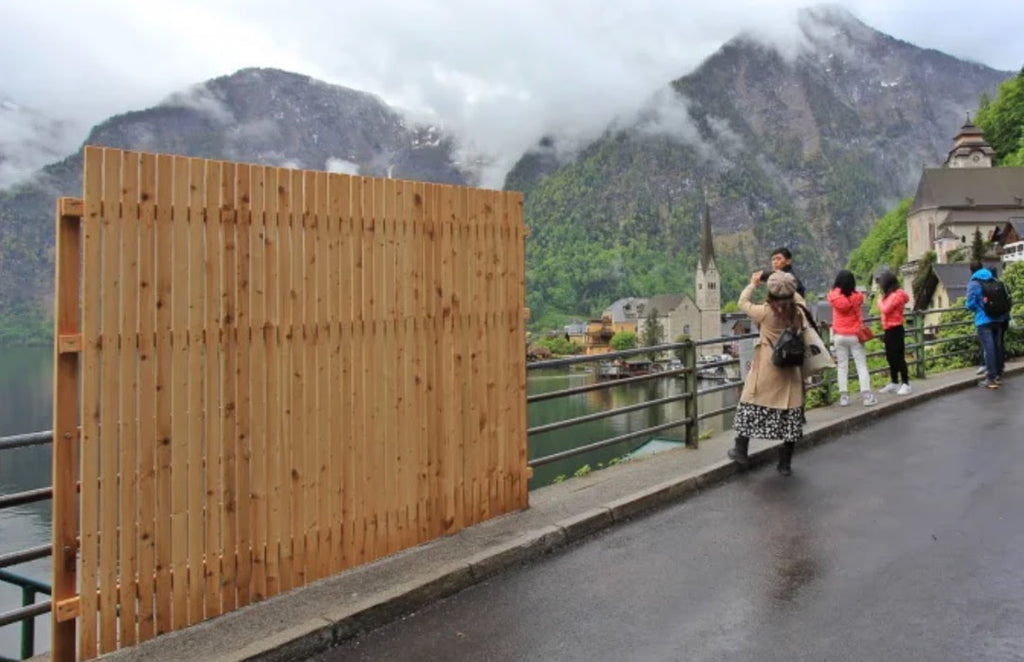
In the Canary Islands, an archipelago off the coast of Spain, locals are protesting the number of tourists. “A total of 13.9 million tourists visited the Canary Islands in 2023, according to local chamber of commerce figures, 13% more than the year before. That is about six times more than the islands’ population of 2.2 million.” (BBC) Part of the concern here is that the tourism dollars aren’t benefiting locals – policies put in place years ago to attract investment favor outside investors and big resorts. The “model is “incredibly generous” to investors, who only pay 4% tax and can send the profits earned in the Canaries back to the firm’s home country” (Sky). Similar protests have been held in popular European holiday destinations like Mallorca and Ibiza. The disparity this creates is significant – one out of three locals are at risk of falling into poverty and nearly a third of all housing on the islands are foreign-owned. Similar protests have been held in popular European holiday destinations like Mallorca and Ibiza.
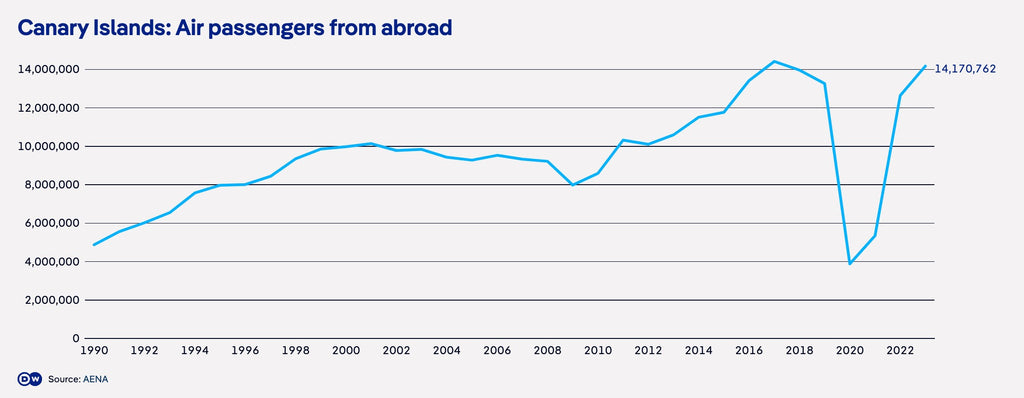
Amsterdam halted the building of new hotels, and banned people from smoking marijuana on the streets of the iconic Red Light District. They’re also in the process of moving the bulk of the sex trade to a new “erotic zone” outside of the main city center. They also piloted a campaign last year urging younger British men to stay away– Amsterdam remains a popular destination for extremely inebriated visitors on hen and stag do’s (bachelorette/bachelor parties). It’s had questionable efficacy – some reports say it worked, others say it was wholly ineffective.
The effects of social media are valid. It certainly has an impact on places like Hallstatt and Fujikawaguchiko, but others like Mallorca and Ibiza are more product of years of campaigns, cheap flights (for Europeans) and hotel developers. Many of these are cases of “everyone loves tourism until they don’t”. The mythos and popularity of many popular spots has often been nurtured by government officials (through policy and investment incentives) and by marketing agencies (through advertising) for years and decades before things reached a crisis point. Is Moab crowded because people “discovered” Delicate Arch on social media? Or because Visit Utah spent millions of dollars promoting the “Mighty Five”?
Tough problems
I’ve spent almost a month traveling in Austria over the last few years, and never visited Halstatt. Nor did I feel like I “missed out”. It’s a beautiful country, filled with picturesque villages, lakes, and mountains. Neither did I visit a single place, in the height of summer, that I felt was crowded or over-capacity. Frankly, most places felt blissfully quiet. This wasn’t particularly intentional, I just didn’t base my choices off some basic travel blogger’s “TOP FIVE places you HAVE TO visit in Austria”. The same can be said for most places that are over-developed and over-visited – there’s often similarly amazing spots just right around the corner, but they’re on less SEO-bait top 10 lists.
However, I’ve been fortunate to travel widely for long periods of time – allowing me to explore in a more organic way, less concerned with timelines. It’s hard to begrudge other travelers with limited time that want to visit bucket list places and have more “guarantees” and less unknowns in their travel, whether that be “the” beautiful Austrian lake, or “the” shot of Mt Fuji. Unknowns are difficult to swallow, especially when it comes to travel – sure, for some that’s part of the allure, but that doesn’t work for everyone. Solutions to curb these concentrated travel habits are in short supply, unless we just start charging to visit everywhere (like Venice did, recently). If we want anything to change, both locales and travelers will have to work in concert to affect downstream changes in travel behaviors and tendencies.
